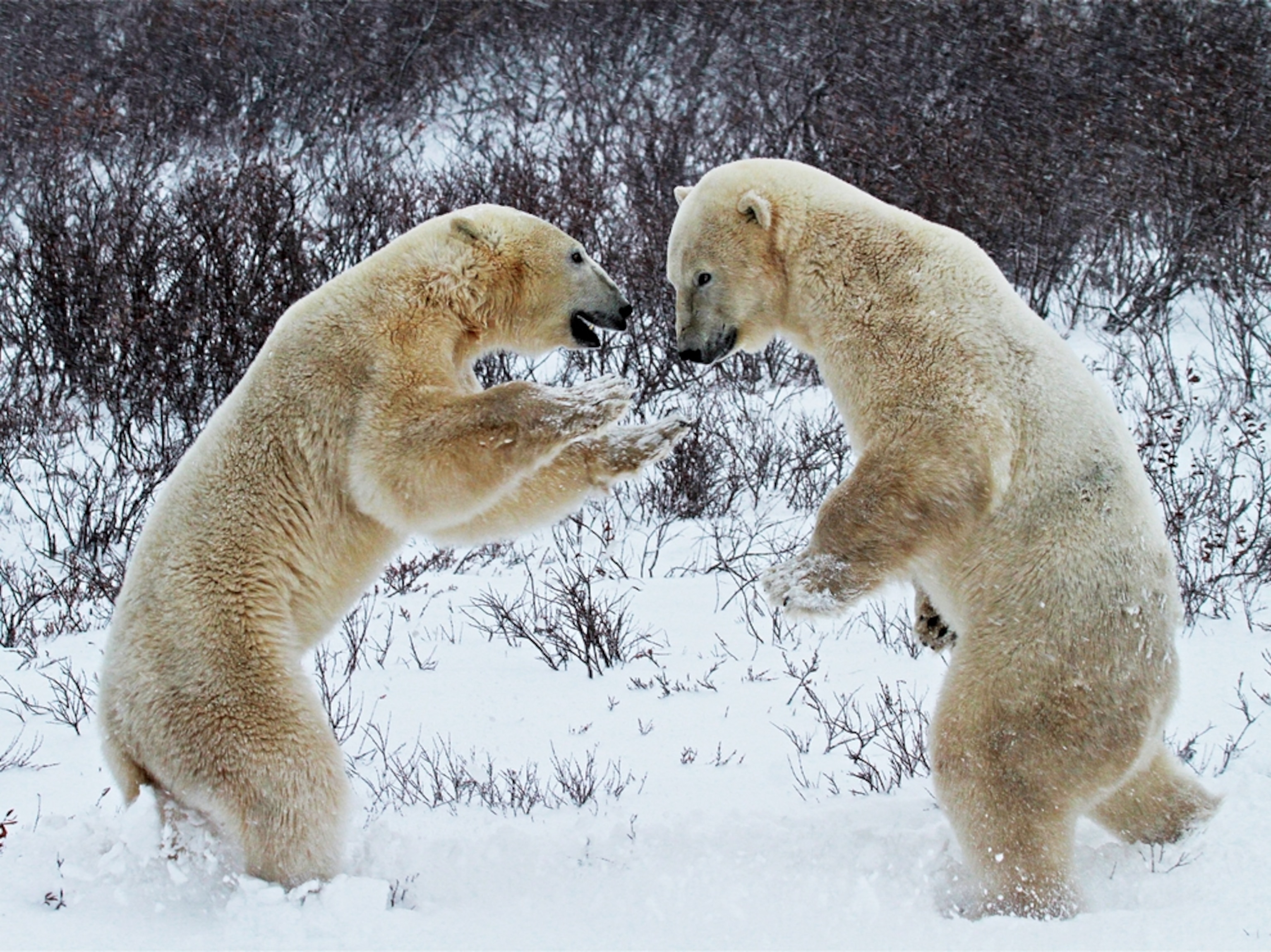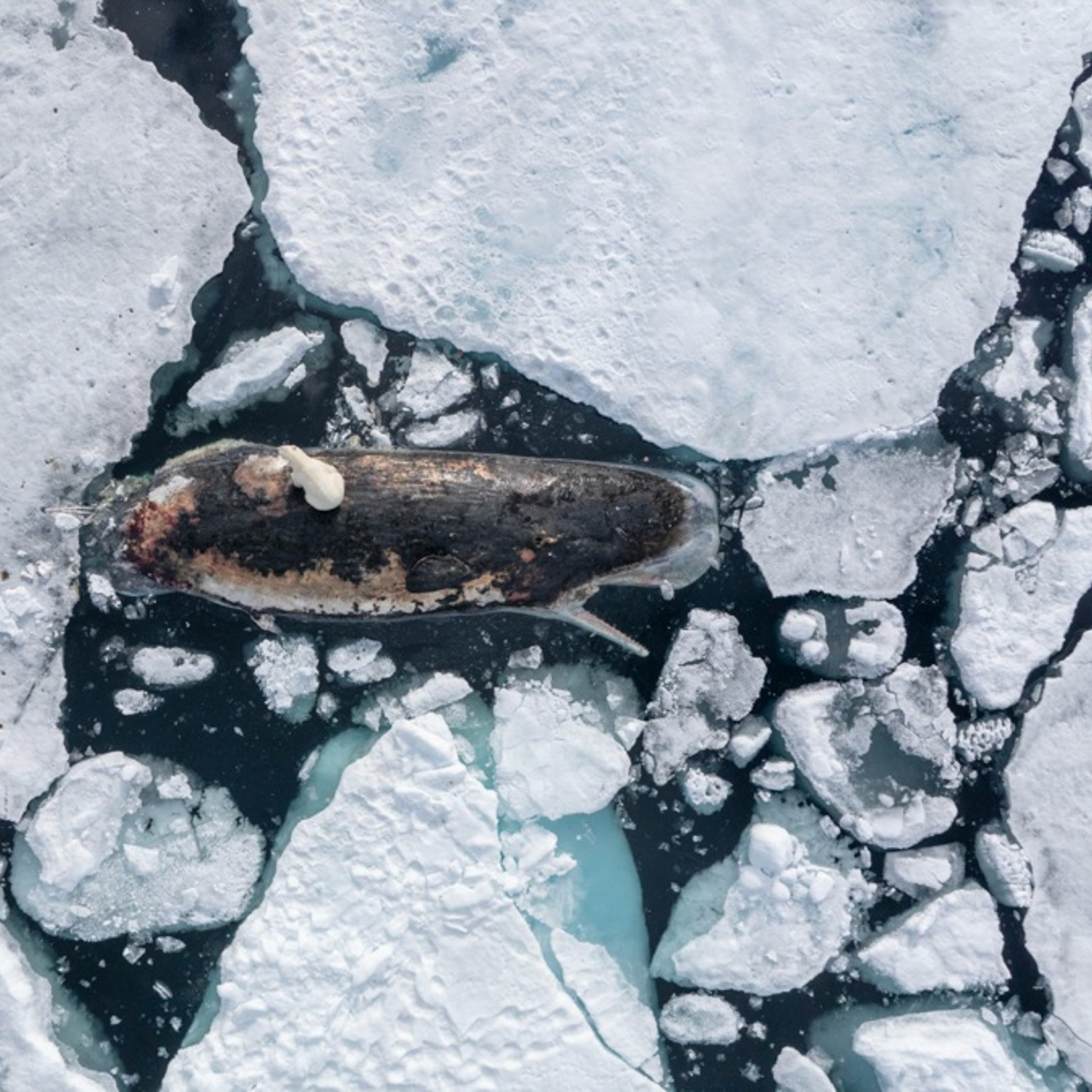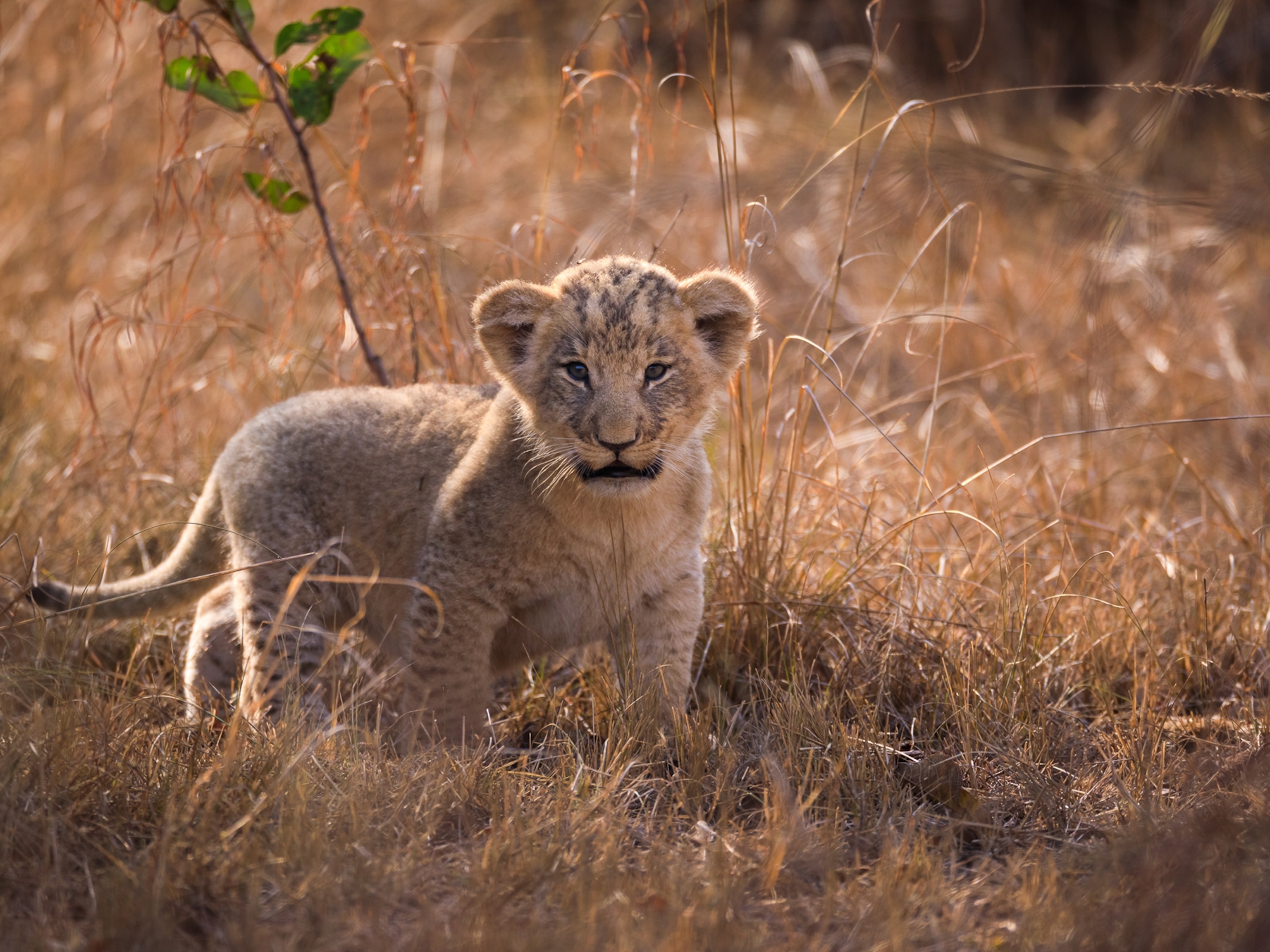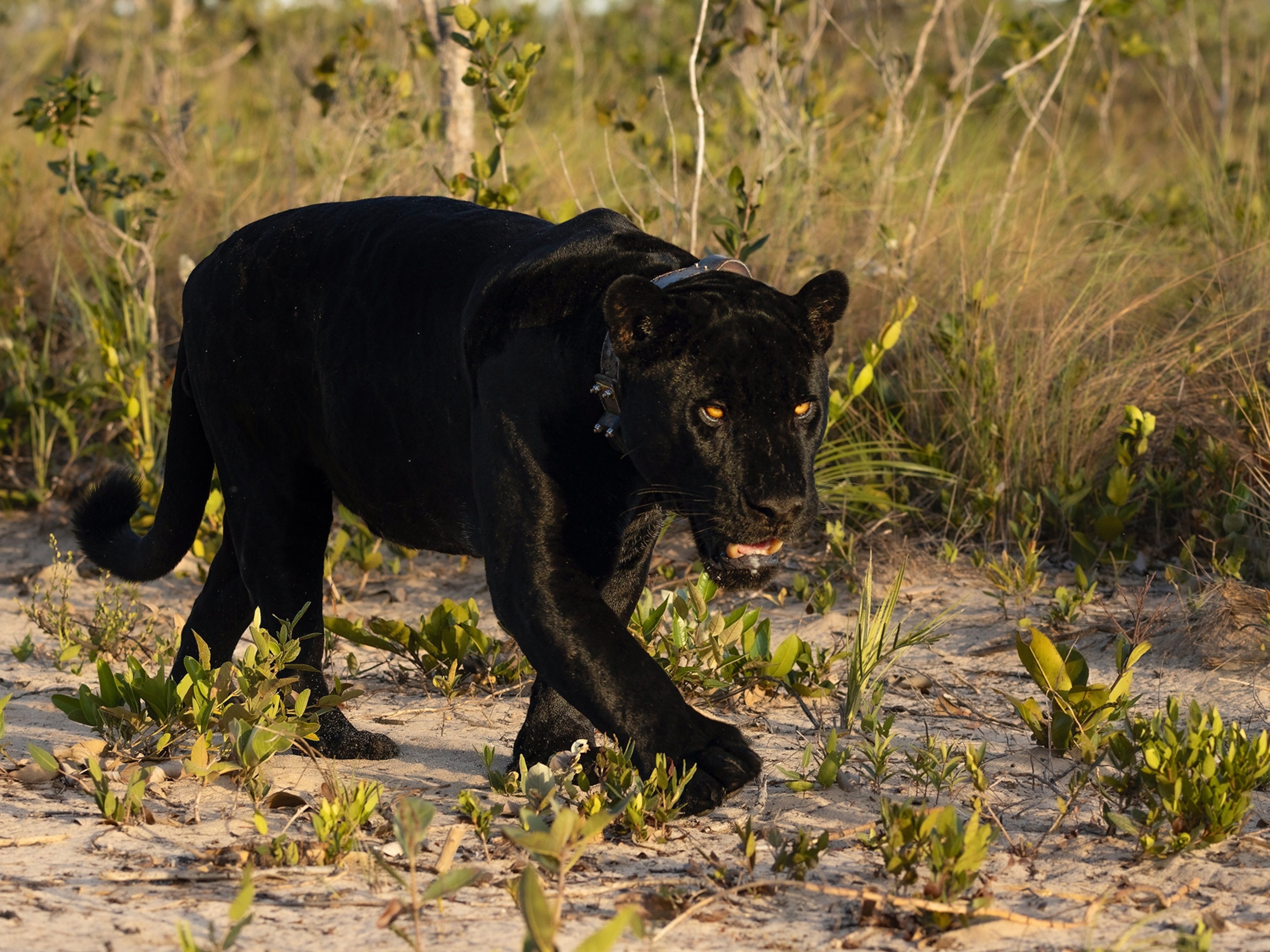
Ice Bears on the Edge
Unbound
From the April 2011 issue of National Geographic Traveler
It was Halloween night. The doorbell rang. Opening the door, I let loose with my deepest, loudest, most ferocious growl. Six young costumed kids screamed, a brief flash of frightened uncertainty in their eyes. I was dressed as a giant polar bear, standing upright, menacingly waving my front paws at them. Although the bear suit looked real, kids in most towns would’ve thought, “What a cute costume.” But then Churchill, Manitoba, Canada, where I was invited to help a local family celebrate Halloween, isn’t most towns.
Churchill is billed as the “Polar Bear Capital of the World.” Every year when the trick-or-treaters hit the streets, police officers armed with tranquilizer guns tag along to repel any bears that might have wandered into town looking for their own tasty treats. No wonder the kids I scared weren’t quite sure what they were seeing.
It’s been some 15 years since that Halloween night, and for the first time since then I’m back in Churchill, sans costume, hoping for my own face-to-face encounters with the great white bears.
Across the Arctic, polar bear numbers are in decline. If the climate continues to warm at the current rate, the bears could disappear completely in the next hundred years. But for now, if you visit Churchill in October or November, it’s almost a sure thing you’ll see a polar bear in the wild.
Churchill, population 914, sits on the edge of Hudson Bay at the point where the ice first forms every winter. And these bears love ice (thus their nickname, ice bears). Their affinity for frozen seas is simple: Ice means they can eat their favorite meal—seals. Although polar bears are powerful marine mammals, able to swim a hundred miles or more non-stop, they’re too slow to catch a seal in open water. But when ice forms, they can walk out to a hole near where the seals are swimming, then sit and wait for a seal to pop its head up to breathe. Or as a bear might put it, “Dinner is served.”
Without ice, the bears don’t eat. So, after a summer of fasting, it’s no surprise when these ravenous and normally solitary creatures congregate around Churchill, eager to be first out on the ice. Tourists also gather here every fall to take in the action, going out each day in tundra rovers to look for bears. A tundra rover is like a double-wide bus on five-foot-tall monster truck tires that can roll across the ponds, snow, marsh, and mud that dot the landscape without getting stuck. The extra height also prevents an inquisitive bear from crawling in the window when it decides to stand upright against the side of the vehicle and check out the passengers.
Rather than ride around in the tundra rovers, though, I opt to stay put in the Tundra Buggy Lodge, hoping the bears will come visit me. The “lodge” is essentially six rovers hitched together like train cars, their interiors reconfigured with sleeping compartments, lounge, and dining car. It’s basic but effective.
We’re not here for the amenities but to see bears, and we do. Each day that I’m here, various bears show up for no particular reason, other than perhaps curiosity, and hang out for several hours. The young males also put on a show for us. They incessantly engage in wrestling matches or play fighting. It’s a way of testing each other and establishing some early sense of a pecking order. Later, when they’re out on the ice, and the battles are over food and females, the fighting will turn serious. But for now it’s the stuff of great pictures. The only problem I’m having on this trip is trying to decide whether to shoot stills or video as I switch between cameras.
The whole experience is completely different from my earlier visit to Churchill. Back then I went out on the tundra with the late Malcolm Ramsay, one of the world’s leading polar bear experts. As part of his research, he was monitoring the health of Churchill’s polar bear population by darting some of the bears with a tranquilizer, which allowed him to safely do a hands-on examination, take blood samples, record detailed measurements, and tag each bear. One day we were flying in a helicopter when we spotted two big males hanging out together. The pilot brought us into position behind and to the left of the bears. Ramsay, like a modern day Buffalo Bill, rifle to his shoulder, leaned out the door, squinted through the scope, and fired a tranquilizer dart into the rump of the first bear. He quickly reloaded and darted the second bear, too.
We followed from the air as the bears began to stagger like a couple of drunks leaving a bar. When they fully succumbed to the drugs and lay down, we landed and got to work. First we checked for an identification number tattooed on the inside of their lower lip—and would’ve tattooed them if they didn’t already have one. Next we pulled a nonessential tooth to count growth rings and determine age. I said to Ramsay: “These guys are like fraternity brothers who wake up with hangovers, tattoos, and some evidence suggesting they may have been in a fight but no memory of how any of it happened.”
Rolling the sleeping beauties onto a small cargo net, we jacked them in the air under a tripod attached to a scale. After a summer of not eating, they weighed in at a svelte 757 and 767 pounds, respectively. A winter on the ice feasting on seals could push those numbers up another 400 to 800 pounds each.
Finally, as Ramsay and I knelt to measure one bear’s skull, Ramsay pointed back to his research assistant and said: “You know Mark there is the world’s foremost expert in polar bear posteriors.” I turned to see Mark with his arm inserted halfway up a polar bear’s backside, collecting a stool sample, all in the name of science, of course. At that moment I said: “I’ve never wanted to be that much of an expert on anything.” Then I wondered: Who is in second place, and are people really competing for that honor?
Today, standing outside on a deck at the Tundra Buggy Lodge with a couple of polar bears not more than 30 feet away, up on their back legs shoving each other like sumo wrestlers, I glance at the group of tourists taking pictures around me and, remembering back to my time with Ramsay, say to myself: “I’m glad you don’t have to be a posterior expert or a bear researcher to appreciate these magnificent creatures.”
I know it’s important for scientists to do research and tell us when creatures are threatened with extinction and explain what needs to be done to save them. But it’s only when the rest of us fall so in love with an animal that we’ll spend our vacation traveling to the Arctic to take its picture that we can see hope for the polar bear’s survival.
- National Geographic Expeditions







